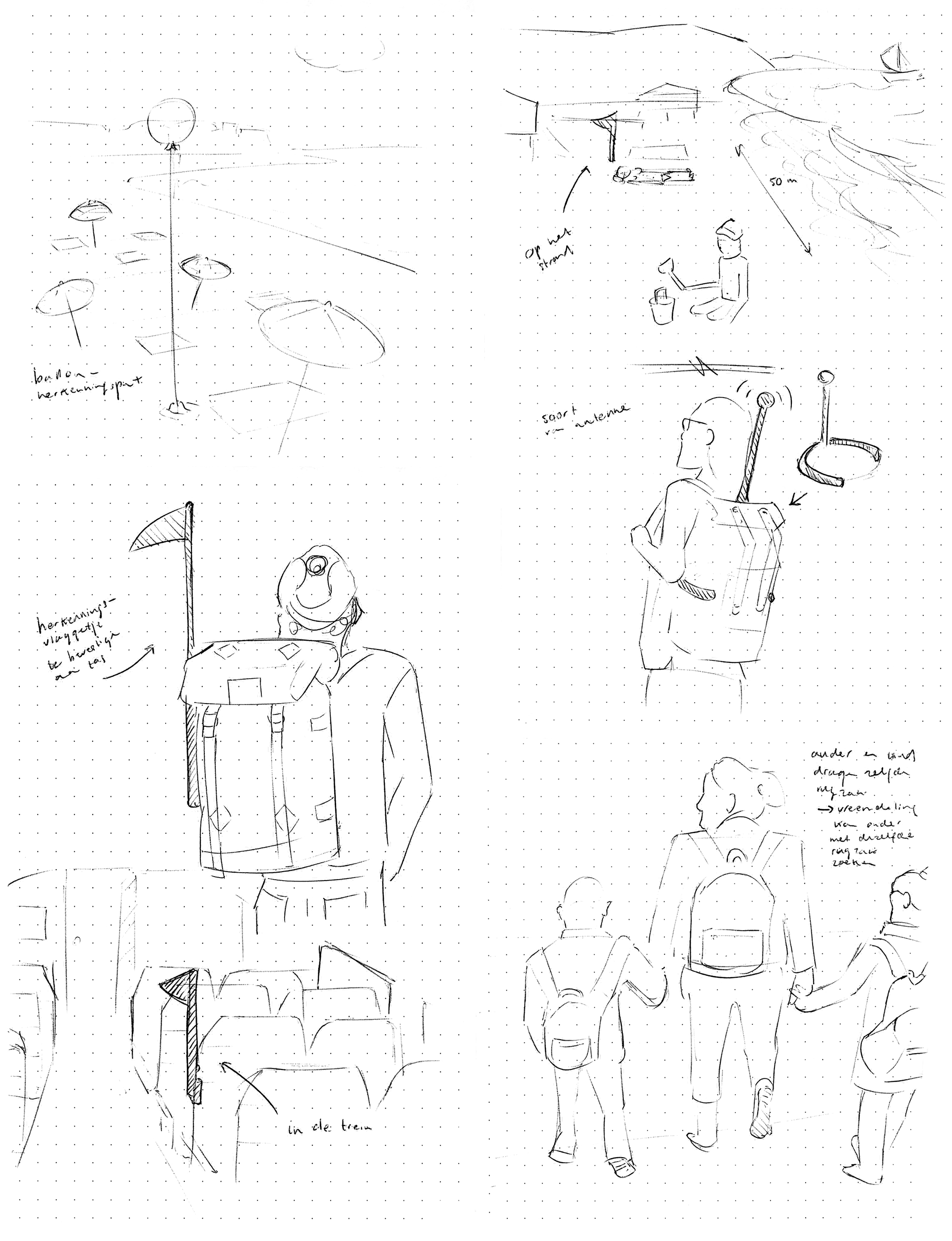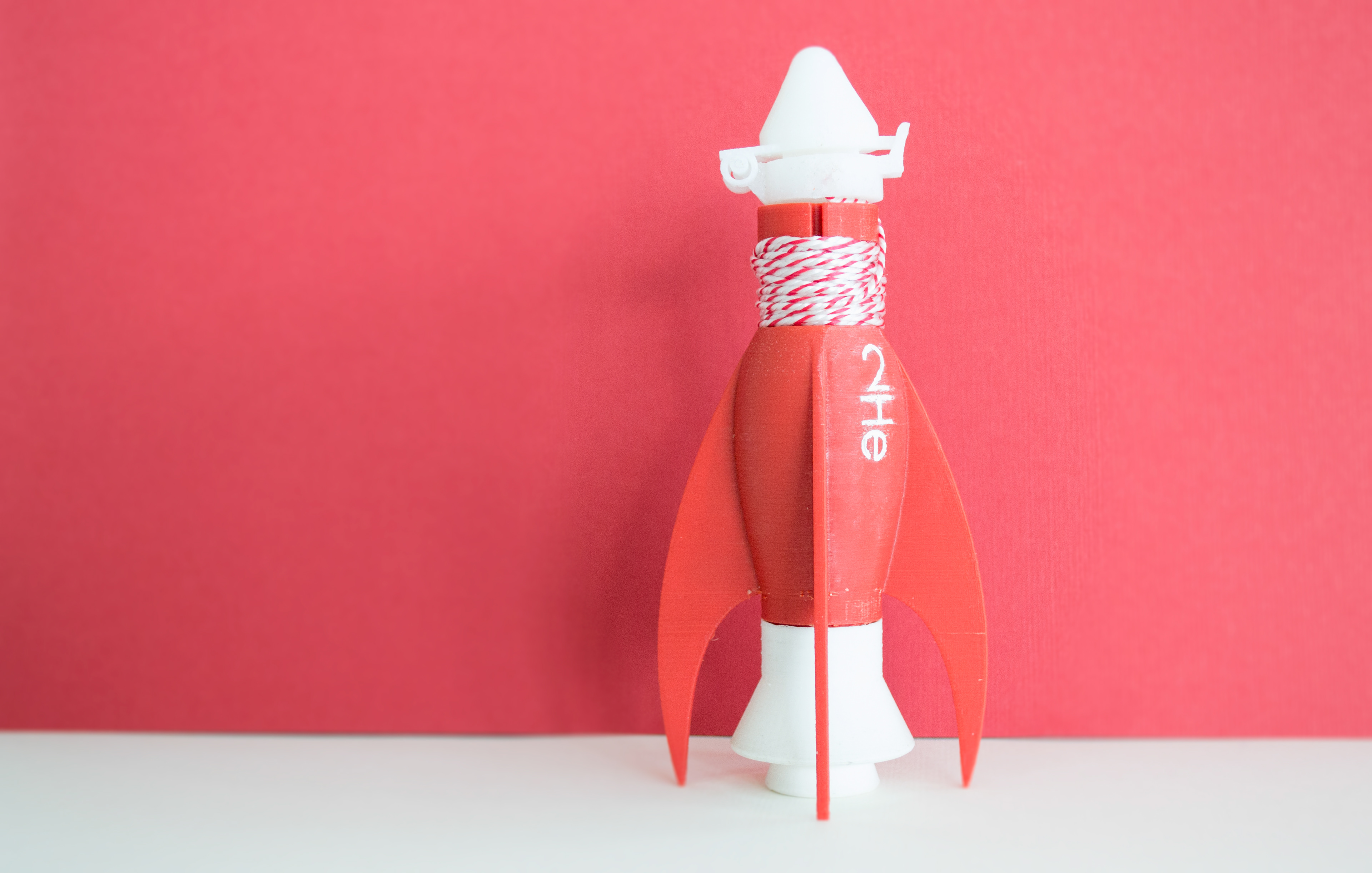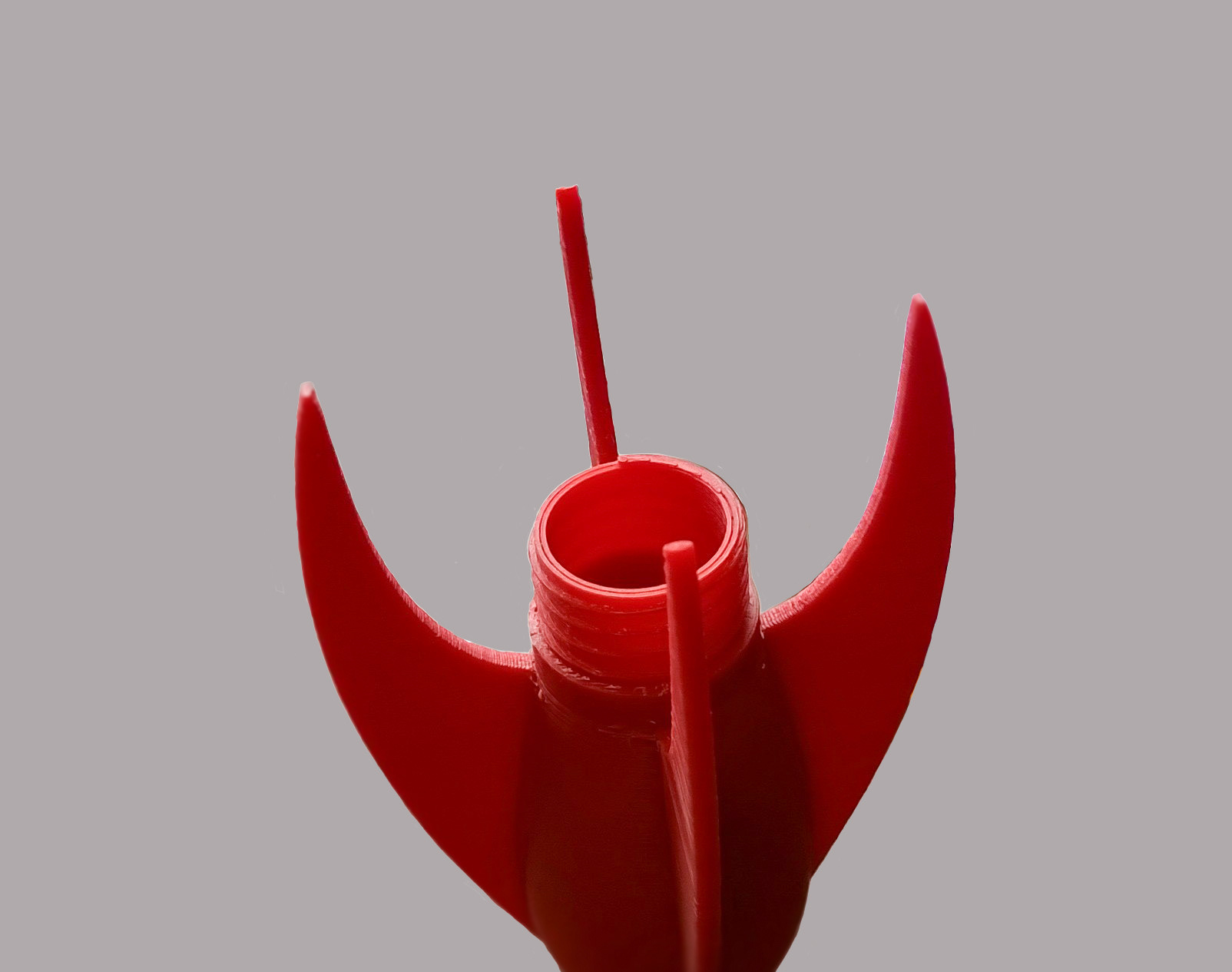My responsibilities
Desk research, Defining the problem, User research, Ideation, Sketching, 3D modelling, Rapid prototyping, UX, Art direction, Photography, Reporting
Why
The HEMA design competition is an annual competition amongst design students in the Netherlands. Its goal is to design a new product for HEMA, within a theme that varies each year. 2015’s theme was ‘To be on the move’.
The personal goal of the project was to take away concerns faced by people who are on the move, in this case people who are on a day trip to the beach.
How
The theme ‘To be on the move’ was explored in the different ways people travel, the products they use and their means of transportation. Maslow’s pyramid and Pieter Desmet’s ‘Design for emotion’-theory were used to know how and which human needs to address with a product. Negative concerns related to travelling were identified and ideas were generated to solve such concernes. From these ideas, the ones that would fit the HEMA product portfolio best were chosen (non-electronic, simple and intuitive). Scenarios were then created to find specific solutions to a chosen concern "losing children at the beach". The market was analysed for similar products. Idea sketches were made and 3D-modelled. The final design ws then 3D-printed and presented to HEMA.


What
Wondering off is one of children’s biggest skills, which is especially problematic at the beach. When a child is lost, it looks up in order to find their parents. This served as an inspiration to make something that is so high in the air, that a child can spot it easily: A floating helium balloon.
The design is called Heylium: a helium cartridge, balloon and rope, together embodied in a small rocket. With Heylium, parents can launch one helium-filled balloon in the air and create a vantage point directly where they are positioned on the beach. Since the balloon is visible from large distances, the child can find their way back on their own, easing both parent’s and child’s mind.


The rocket design represents the take off from the ground all the way to the sky. The name Heylium is a combination of a 'hey!' and the helium gas which is used. The 2He on the side symbolises the helium atom and is a hint to Thunderbirds’ Rocket 3.
Attach a balloon to the exhaust (left image), insert a helium cartridge in the body (middle image) and twist the exhaust on the body. The cartridge is now punctured and fills up the balloon with helium. Attach the top of the rocket to the spout of the balloon (right image), dig the rocket in the sand and let go of the balloon. The vantage point is created!


